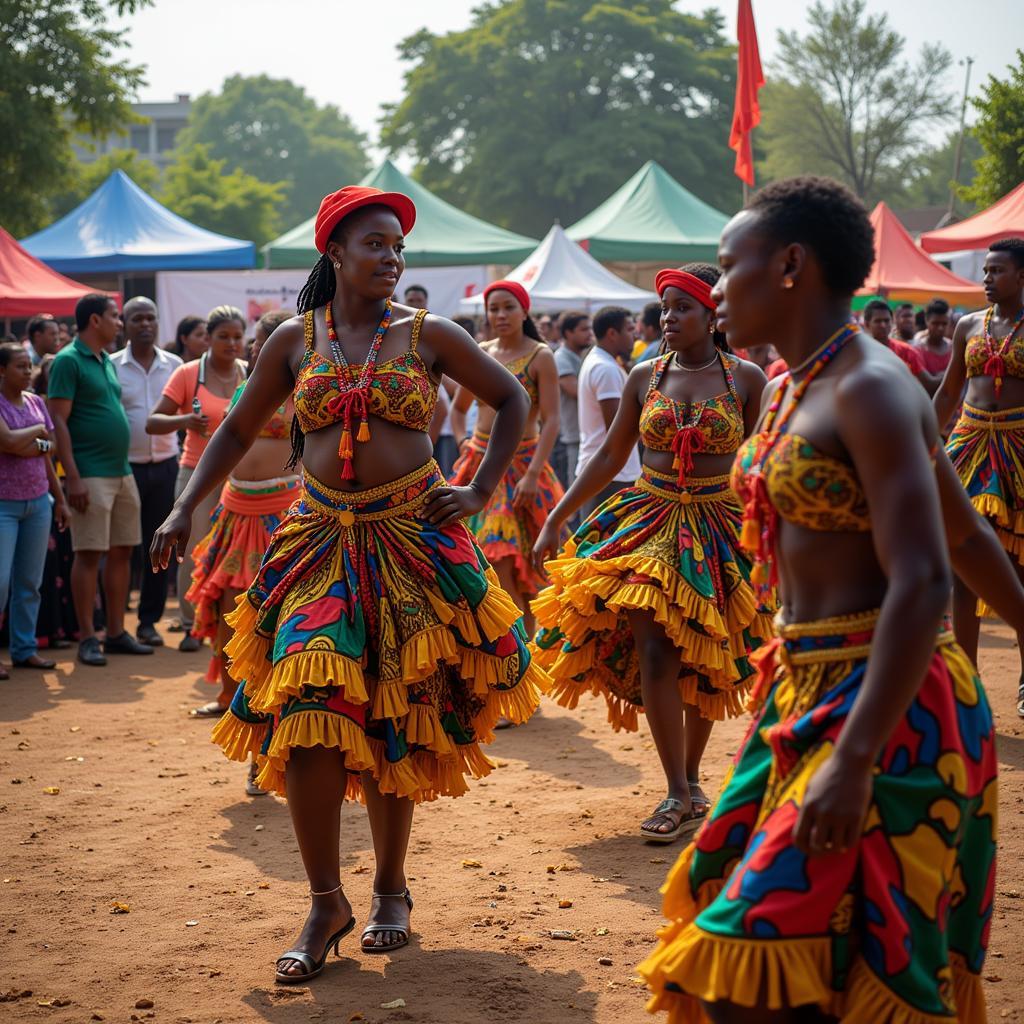Unveiling the Allure of the African Amethyst Gemstone
African Amethyst Gemstones, with their captivating violet hues, have long held a place of fascination and reverence. From ancient civilizations to modern-day jewelry enthusiasts, the allure of this beautiful stone continues to captivate. This article delves into the captivating world of the African amethyst, exploring its origins, properties, and significance in various cultures. We’ll discover what makes this gemstone a treasured possession and a symbol of beauty and spirituality. You’ll discover the nuances of African amethyst’s color and clarity, learn about its healing properties, and understand why it’s a popular choice for jewelry.
Origins and Characteristics of the African Amethyst Gemstone
Amethyst, a variety of quartz, owes its captivating violet color to trace amounts of iron and other transition metals within its crystal structure. While amethyst is found worldwide, African amethyst is particularly prized for its intense color saturation and unique characteristics. Zambia and other African nations are significant sources of this stunning gemstone. These regions boast geological conditions that are particularly conducive to the formation of amethyst with exceptional clarity and color. The specific geological formations and mineral compositions contribute to the unique beauty of African amethyst.
 African Amethyst from Zambian Mines
African Amethyst from Zambian Mines
The quality of an african amethyst necklace depends significantly on factors such as color, clarity, and cut. Deep, rich violet hues are highly sought after, while stones with inclusions or cloudiness are generally considered less valuable. The cut of the gemstone plays a crucial role in maximizing its brilliance and sparkle, further enhancing its beauty and value.
The Cultural Significance of African Amethyst
Across various African cultures, the amethyst has held symbolic meaning for centuries. It is often associated with royalty, spirituality, and protection. In some traditions, it is believed to enhance intuition, promote peace, and offer protection against negative energies. Ancient Egyptians used amethyst in jewelry and amulets, believing in its power to ward off evil spirits. These cultural associations have further elevated the appeal of African amethyst, adding layers of meaning and significance to its inherent beauty.
African Amethyst Healing Properties and Beliefs
Beyond its aesthetic appeal, african amethyst healing properties are also widely discussed. Many believe that amethyst possesses calming and balancing energies that can promote emotional well-being, reduce stress, and improve sleep. While scientific evidence for these claims is limited, the belief in the healing power of gemstones has persisted for centuries. In some practices, amethyst is used in meditation and crystal therapy to enhance spiritual awareness and promote inner peace. These beliefs contribute to the perceived value and mystique surrounding African amethyst.
What Color is African Amethyst?
The most prized african amethyst i color is a deep, rich violet, often referred to as “Siberian” amethyst. However, African amethyst can also exhibit lighter shades of purple, sometimes with reddish or bluish undertones. The specific color of an amethyst is influenced by the trace elements present during its formation and the intensity of natural irradiation it receives. The variations in color contribute to the diversity and uniqueness of each African amethyst gemstone.
Buying and Caring for African Amethyst Jewelry
When purchasing african amethyst earrings, it’s important to consider factors like color saturation, clarity, and cut. Reputable jewelers can provide information about the origin and quality of the gemstones. Proper care is essential to maintain the beauty of amethyst jewelry. Avoid exposing amethyst to harsh chemicals or extreme temperatures, as this can damage the stone. Clean your amethyst jewelry gently with a soft cloth and mild soap and water. With proper care, your African amethyst jewelry will continue to sparkle for years to come.
Conclusion: The Enduring Appeal of African Amethyst
The African amethyst gemstone, with its captivating beauty and rich cultural significance, continues to hold a special place in the hearts of jewelry lovers and collectors worldwide. Whether admired for its vibrant hues, believed for its healing properties, or cherished for its symbolic meaning, the African amethyst remains a gemstone of enduring appeal. Its unique characteristics and connection to the African continent make it a truly special and treasured possession.
FAQ
-
Where is African amethyst found? Primarily in countries like Zambia and other regions of Africa.
-
What is the most valuable color of African amethyst? A deep, rich violet, often referred to as “Siberian” amethyst.
-
What are the believed healing properties of amethyst? Amethyst is believed to promote calmness, reduce stress, and improve sleep.
-
How should I care for my amethyst jewelry? Avoid harsh chemicals and extreme temperatures, clean gently with a soft cloth and mild soap.
-
Where can I find authentic African amethyst jewelry? Look for reputable jewelers who can provide information about the gemstone’s origin and quality.
-
What is an african amethyst cabochon? It’s a gemstone cut with a smooth, polished, domed surface.
-
Is African amethyst more valuable than amethyst from other regions? Its value depends on individual factors like color, clarity, and cut, but its intense color often makes it desirable.
Common Scenarios and Questions
-
Scenario: You’re looking for a unique and meaningful gift. Question: Would an African amethyst necklace be a good choice?
-
Scenario: You’re interested in exploring the healing properties of gemstones. Question: How can I incorporate African amethyst into my meditation practice?
Further Exploration
Explore other articles on our website about African gemstones and their cultural significance. Learn more about the different types of amethyst jewelry available.
Need Assistance?
For any inquiries or assistance, please contact us via Phone: +255768904061, Email: kaka.mag@gmail.com or visit our location at Mbarali DC Mawindi, Kangaga, Tanzania. Our customer service team is available 24/7.

